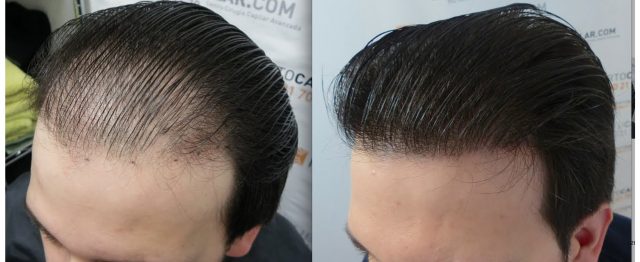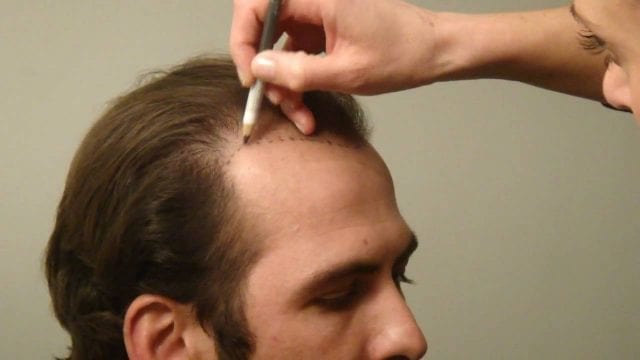
Planning is a stressful activity as it is, even for the simplest of things such as gatherings, one would find their thoughts rushing until it’s over. The stress and anxiety gradually amplify the more serious the situation we are planning for is and peaks when it comes to surgical procedures. Naturally, we fear surgeries as the possibilities of things that could go wrong seem limitless. As a result, we spend days scouring the web for trusted resources to ensure we are for one making the right decision. Luckily for those opting for hair transplants, the procedure is low-risk. In other words, if you consider the two factors below, hopefully, your experience will be pleasant.
1. Candidacy
Most assume since hair transplants are cosmetic surgery, the spectra of candidacy are broad enough to include almost everyone. While hair transplants are cosmetic procedures, the nature of the process, unfortunately, is not practical on every smooth head. Hair transplants rely on donor regions – from which hair will be extracted and later relocated to bald areas – for successful results.
Consequently, you need to have sufficient and stable donor hair regions that could cover your bald areas. It is hard for you or even I to determine the quality of your donor regions. Instead, hair transplant centers like Vera Clinic offer free online consultation sessions to assess your donor and recipient sites.

In short, if you suffer from androgenic alopecia, traction alopecia, or traumatic alopecia, hair transplants can restore your hair. For conditions such as female androgenic alopecia aerate, and alopecia universalist; hair transplants are not efficient. It might be confusing as to why female androgenic alopecia cannot be reversed with hair transplants whereas male androgenic alopecia can be. The nature of hair loss in female androgenic alopecia is diffuse rather than predictable. In other words, it is difficult for surgeons to locate stable donor regions with female pattern hair loss.
2. Technique
The demand for hair transplants does not leave a chance for the field to rest without constantly improving. For better results, you need to choose the most effective treatments. Currently, there are two prime hair transplants techniques: FUE and FUT. FUT is the oldest of all the techniques and the least convenient. FUT involves an inefficient method of extraction that leaves a linear scar on the donor site and numbness due to nerve damage that could either be temporary or permanent.
FUE, on the other hand, is far more convenient with its method of extraction. Instead of excising entire strips of skin from the scalp, follicular units are extracted individually leaving behind minuscule scars.

In summary
To have a pleasant experience with hair transplants and restore your lost locks, watch out for two main factors: your candidacy and the technique of hair transplants. If you suffer from alopecia aerate, alopecia universalist, or female pattern hair loss; you do not make for a suitable candidate for the procedure. If you presume with the procedure, it will simply fail.
In addition, the technique you choose has a grave impact on the final result. Your ignorance towards the differences between the techniques and their effect might place you in a predicament you could have easily avoided. FUT for example, leaves a linear scar that could limit your choice of hair styles in the future. Moreover, it may result in permanent or temporary nerve damage in the area.
FUE on the other hand, operates in a more immaculate manner where a punch individually harvests follicular units to leave scar-free results and eliminates the risk of nerve damage.





